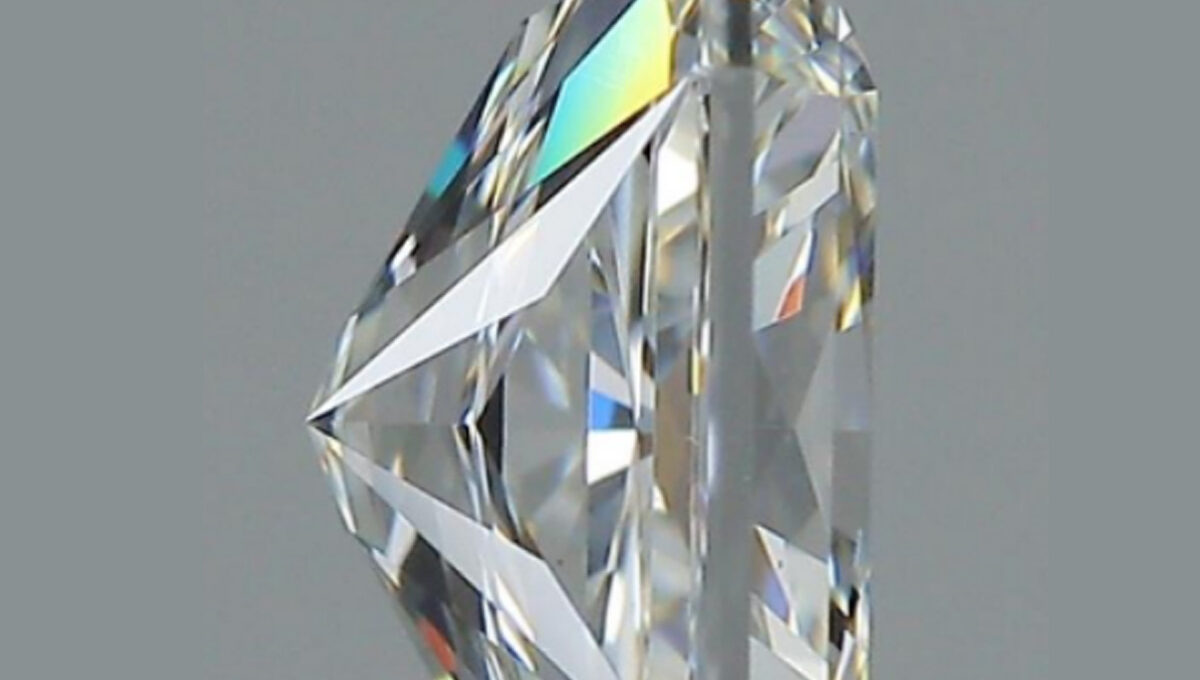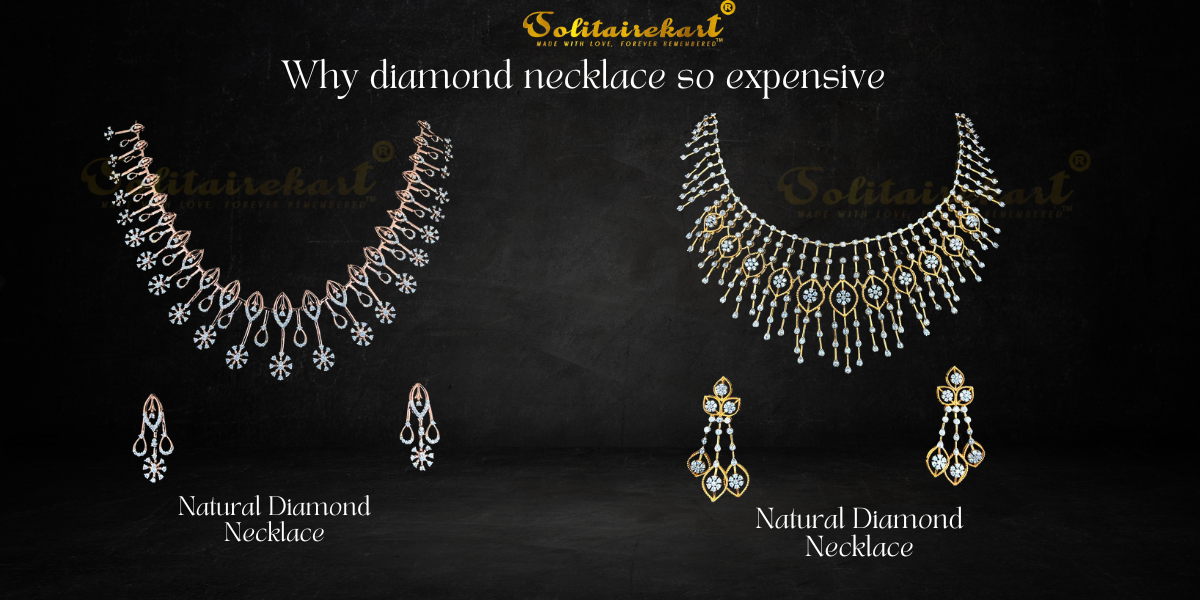

Different Types of Lab-Grown Diamonds: A Complete Guide
Lab-grown diamonds, also known as synthetic or man-made diamonds, are a fascinating alternative to mined diamonds. They are created in controlled laboratory environments using advanced technology that replicates the natural conditions required for diamond formation. In recent years, the popularity of lab-grown diamonds has grown significantly, with consumers recognizing their ethical sourcing, sustainability, and affordability. In this guide, we will explore the various types of lab-grown diamonds and what sets them apart.
- Type Ia Lab-Grown Diamonds: These diamonds are the most common type of lab-grown diamonds and are similar to the majority of natural diamonds found in the earth’s crust. They contain nitrogen impurities, which give them a yellowish or brownish color. However, through a process called High Pressure High Temperature (HPHT), lab-grown Type IA diamonds can also be produced in colorless or near-colorless varieties.
- Type Ib Lab-Grown Diamonds: Type LB lab-grown diamonds are extremely rare in both natural and lab-grown forms. They contain a higher concentration of nitrogen impurities than Type IA diamonds, which results in a more intense yellow or orange color. Type IBM lab-grown diamonds are sought after for their distinct color saturation.
- Type IIa Lab-Grown Diamonds: Type IIa diamonds are known for their exceptional purity and lack of nitrogen impurities. These diamonds have a beautifully transparent appearance and are often referred to as “pure” diamonds. Type IIa lab-grown diamonds are highly valued for their rarity and represent only about 2% of all lab-grown diamonds produced.
- Fancy Colored Lab-Grown Diamonds: In addition to the traditional colorless and near-colorless lab-grown diamonds, lab-grown diamonds are also available in a variety of fancy colors. These colors can range from vibrant yellows, pinks, and blues to more rare colors like green and purple. Lab-grown diamonds offer an affordable and ethical way to own fancy colored diamonds that are otherwise extremely rare and costly in their natural form.
- Diamond Simulants: While lab-grown diamonds are chemically and physically identical to natural diamonds, there are also diamond simulants in the market. Diamond simulants, such as cubic zirconia (CZ) and moissanite, may look similar to diamonds but are made from different materials. It is important to distinguish between lab-grown diamonds and diamond simulants when making a purchase.
When purchasing lab-grown diamonds, it is crucial to understand the various types available and their unique characteristics. Additionally, be sure to check the certification and grading reports provided by reputable laboratories to ensure the quality and authenticity of your lab-grown diamond.
Lab-grown diamonds offer a sustainable, ethical, and affordable choice for those seeking the beauty and brilliance of diamonds. By understanding the different types and qualities of lab-grown diamonds, you can make an informed decision and find the perfect lab-grown diamond that aligns with your preferences and values.


